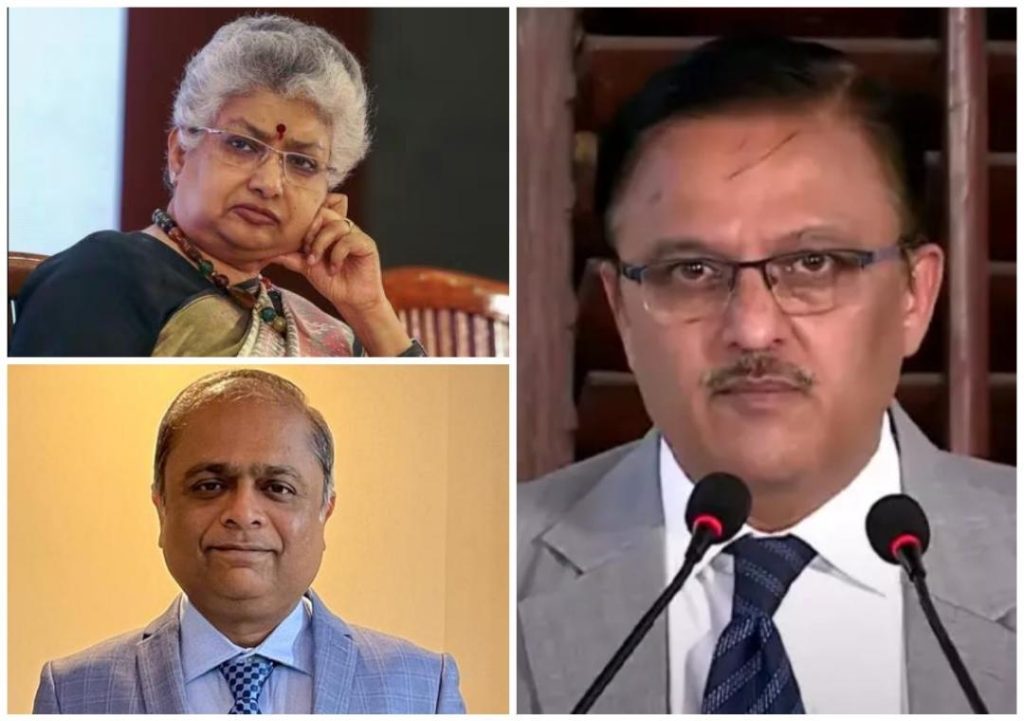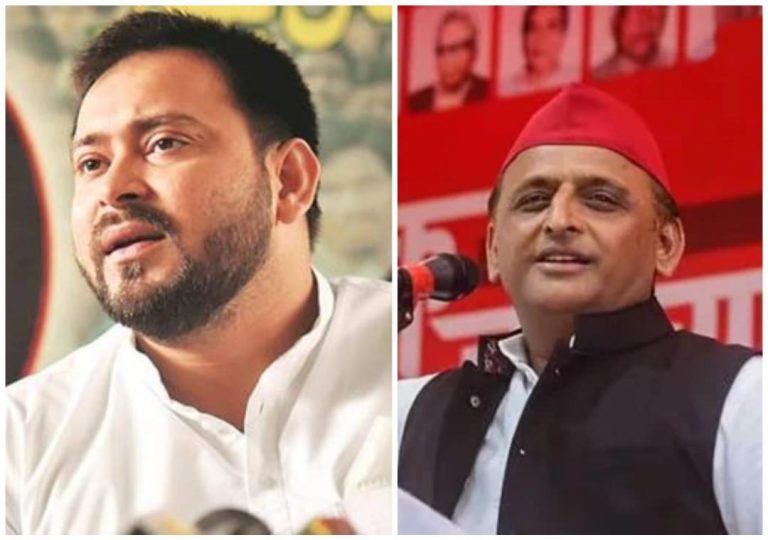
Make Justice Nagarathna’s Dissent on Judge Pancholi’s Elevation Public: Ex-SC Judge
The recent elevation of Patna High Court Chief Justice Vipul Pancholi to the Supreme Court has been marred by controversy, with one judge dissenting against the move. Justice BV Nagarathna, a sitting judge of the Supreme Court, reportedly warned that Justice Pancholi’s elevation would be “counter-productive” to the administration of justice. While Justice Pancholi has been notified as a Supreme Court judge, the reasons behind Justice Nagarathna’s dissent remain unknown. In a recent statement, Ex-Supreme Court judge Justice Abhay S Oka called for the public disclosure of Justice Nagarathna’s dissent, emphasizing the importance of transparency in the judiciary.
Justice Oka’s statement comes at a time when the credibility of the judiciary is under scrutiny. The recent controversy surrounding the elevation of Justice Pancholi has sparked concerns about the lack of transparency in the selection process. Justice Oka’s call for the public disclosure of Justice Nagarathna’s dissent is a reminder that the judiciary must be accountable to the public and transparent in its decision-making.
The story began when the Centre notified Justice Pancholi’s elevation to the Supreme Court, despite Justice Nagarathna’s reported dissent. Justice Nagarathna’s reasons for dissenting against Justice Pancholi’s elevation remain unclear, but it is reported that he warned that the move would be “counter-productive” to the administration of justice. Justice Oka, in his statement, emphasized the importance of knowing the criteria for selecting judges to the Supreme Court.
“I want to know what the criteria for selection are,” Justice Oka said. “As a citizen, I have the right to know why a particular person is chosen for a particular post. The judiciary must be transparent in its functioning, and the public has the right to know what is going on.”
Justice Oka’s statement is significant because it highlights the importance of transparency in the judiciary. The judiciary is meant to be an independent and impartial institution, but it is not above scrutiny. As Justice Oka pointed out, the public has the right to know why a particular person is chosen for a particular post. Transparency is essential to maintain public trust in the judiciary, and the failure to disclose Justice Nagarathna’s dissent is a blow to that trust.
The controversy surrounding Justice Pancholi’s elevation also raises questions about the selection process for judges to the Supreme Court. The process is shrouded in secrecy, and the criteria for selection are not publicly disclosed. This lack of transparency has led to concerns about the influence of extraneous factors in the selection process.
In recent years, there have been several instances of controversy surrounding the elevation of judges to the Supreme Court. In 2019, Justice S A Bobde was elevated to the Chief Justice of India despite concerns about his handling of a rape case. In 2020, Justice R F Nariman reportedly opposed the elevation of Justice Surya Kant to the Supreme Court, but his reasons for dissenting were not disclosed.
The controversy surrounding Justice Pancholi’s elevation is a reminder that the judiciary must be accountable to the public and transparent in its functioning. Justice Oka’s call for the public disclosure of Justice Nagarathna’s dissent is a step in the right direction. The judiciary must recognize that it is not above scrutiny and that the public has the right to know what is going on.
In conclusion, the controversy surrounding Justice Pancholi’s elevation to the Supreme Court highlights the need for transparency in the judiciary. Justice Oka’s call for the public disclosure of Justice Nagarathna’s dissent is a reminder that the judiciary must be accountable to the public and transparent in its functioning. The public has the right to know why a particular person is chosen for a particular post, and the judiciary must recognize that it is not above scrutiny.






